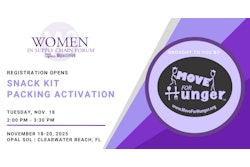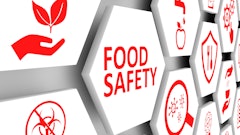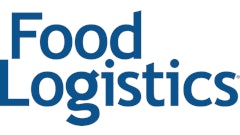
A growing number of organizations are moving from reactive, event-based management to adopting proactive optimization strategies, according to Log-hub’s latest Supply Chain Network Design Maturity Assessment. In fact, 60% are investing in supplier diversification and nearshoring to build resilience and agility.
“Many organizations continue to depend on spreadsheet-based processes, while others are advancing toward flexible, data-driven supply chains capable of meeting future market demands,” according to Log-hub. “The choice remains clear: organizations can take the lead by adopting smarter, data-centric approaches today or risk falling behind as global supply chains continue to evolve.”
Key takeaways:
· Only 30% of organizations have truly integrated supply chain standards across their entire company, while 20% admit to having no real process at all.
· Just 25% have fully centralized optimization teams; the rest are working with semi-coordinated groups or silos.
· Most companies (46%) have a global presence in over five countries, yet the average supply chain volatility scored six out of 10, signaling significant instability.
· The vast majority still rely on Excel, partial integration, or ad-hoc tools.
· When asked about their top issues, companies ranked “lack of supply chain visibility” first (70%), followed by “data issues,” such as missing or inconsistent information (65%), and organizational barriers (50%) as persistent challenges.




















